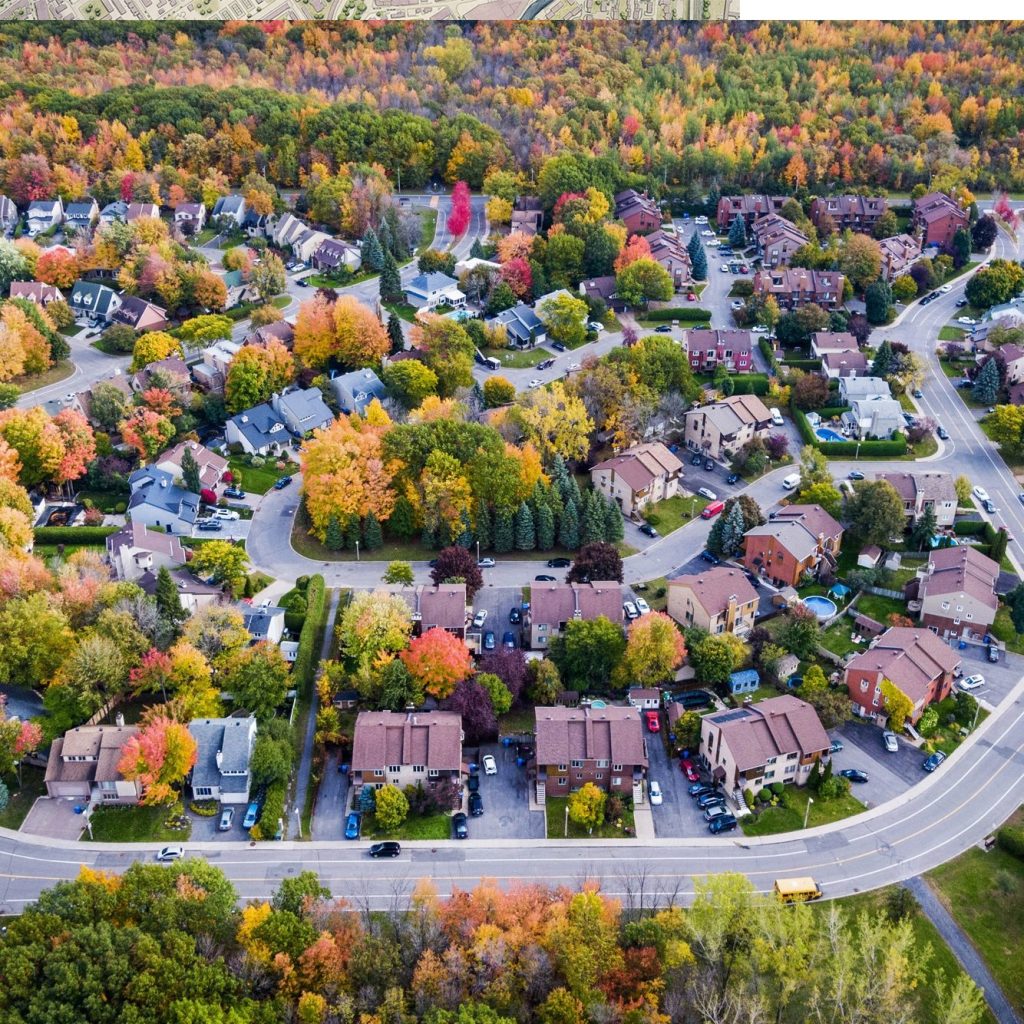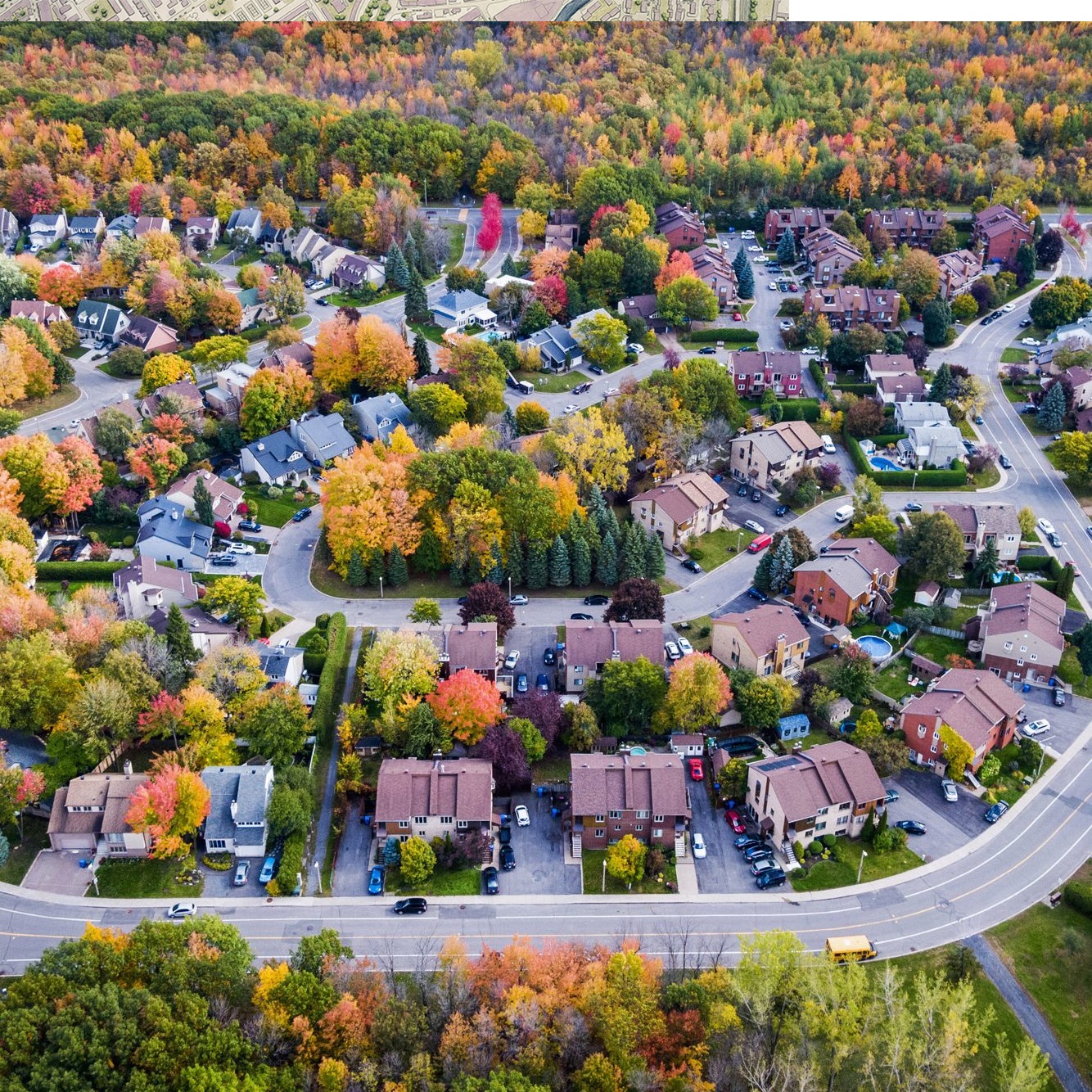Neighborhood design plays a crucial role in shaping the quality of life for residents, fostering community interactions, and creating sustainable environments. Modern neighborhood design incorporates principles that address contemporary challenges such as urbanization, climate change, and social equity. This explanation provides an updated perspective on neighborhood design, focusing on recent trends, innovative approaches, and successful case studies.

1. Principles of Modern Neighborhood Design
a. Walkability:
Walkability remains a cornerstone of neighborhood design. It encourages physical activity, reduces reliance on automobiles, and promotes social interactions. Key features include:
- Wide Sidewalks: Designed to accommodate pedestrians, strollers, and wheelchairs.
- Safe Crossings: Well-marked and easily accessible pedestrian crossings.
- Mixed-Use Development: Residential, commercial, and recreational facilities within walking distance.
b. Connectivity:
Connectivity ensures that neighborhoods are well-linked internally and to the broader urban fabric. It includes:
- Street Networks: Grid or modified grid layouts to facilitate easy navigation.
- Public Transit Access: Proximity to bus stops, train stations, and bike-sharing stations.
- Green Corridors: Pathways connecting parks, schools, and commercial areas.
c. Sustainability:
Sustainability in neighborhood design addresses environmental impacts and resource efficiency. This includes:
- Green Infrastructure: Use of green roofs, rain gardens, and permeable pavements to manage stormwater.
- Energy Efficiency: Incorporation of solar panels, energy-efficient buildings, and renewable energy sources.
- Biodiversity: Creating urban gardens, parks, and green spaces that support local wildlife.
d. Social Equity:
Ensuring that neighborhoods are inclusive and cater to diverse populations is essential. This involves:
- Affordable Housing: Mixed-income housing developments to prevent socio-economic segregation.
- Community Amenities: Access to schools, healthcare, parks, and community centers.
- Public Participation: Involving residents in the planning process to reflect their needs and preferences.
2. Recent Trends and Innovations
a. Smart Neighborhoods:
Smart neighborhoods leverage technology to improve livability and efficiency. This includes:
- Smart Grids: Efficient energy distribution systems that reduce waste and manage demand.
- IoT Devices: Sensors and devices that monitor environmental conditions, traffic, and resource usage.
- Digital Connectivity: High-speed internet and public Wi-Fi to support remote work and digital services.
b. Resilient Design:
Resilient neighborhood design focuses on preparing for and adapting to environmental and social challenges. Key elements are:
- Climate Adaptation: Designing buildings and infrastructure to withstand extreme weather events.
- Community Resilience: Strengthening social networks and local organizations to support residents during crises.
- Flexible Spaces: Multi-purpose public spaces that can be adapted for various uses as needed.
c. Health and Well-being:
Designing neighborhoods that promote health and well-being includes:
- Active Design: Creating environments that encourage physical activity through accessible parks, trails, and sports facilities.
- Mental Health: Providing quiet, natural spaces for relaxation and stress relief.
- Healthy Buildings: Ensuring good air quality, natural lighting, and safe materials in construction.
3. Case Studies
a. Vauban, Freiburg, Germany:
Vauban is a model of sustainable urban living, featuring:
- Car-Free Zones: Prioritizing pedestrians and cyclists over cars.
- Green Buildings: Houses with energy-efficient designs and solar panels.
- Community Engagement: Strong resident involvement in planning and decision-making.
b. The High Line, New York City, USA:
The High Line exemplifies adaptive reuse and urban green space integration:
- Repurposed Infrastructure: Transforming an old railway line into a linear park.
- Biodiversity: Planting native species to support local wildlife.
- Public Art and Events: Engaging the community with cultural and recreational activities.
c. BedZED, London, UK:
BedZED (Beddington Zero Energy Development) is a pioneering eco-village that incorporates:
- Zero-Carbon Buildings: Homes designed to be energy-efficient and reduce carbon footprints.
- On-Site Renewables: Use of solar panels and biomass energy.
- Sustainable Transportation: Promoting walking, cycling, and public transit over car use.
Conclusion
Neighborhood design is evolving to address contemporary challenges and opportunities. By focusing on principles such as walkability, connectivity, sustainability, and social equity, modern neighborhoods can create vibrant, inclusive, and resilient communities. Incorporating recent trends like smart technology, resilient infrastructure, and health-focused design further enhances the livability and sustainability of these neighborhoods. Successful examples from around the world demonstrate the potential for innovative design to transform urban environments and improve the quality of life for residents.




